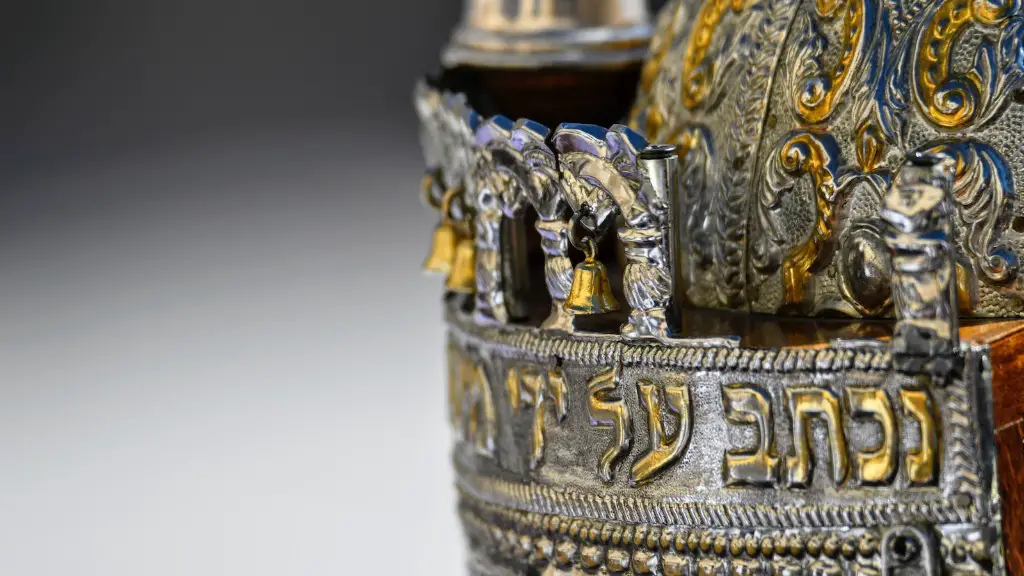The Meaning of Tzitzit
Tzitzit are four fringed garments worn by Jews, including a tallit katan (also known as a tallis katan). In Judaism, they are seen as a reminder to keep the commandments and to serve God. They are also a symbol of the unity of the community. The Hebrew word “tzitzit” literally means “adornment.” The four fringes must be tied in two distinct series, one of four wrapping the other three. This is done to honor the four-letter divine name, and is also referred to as the “fringes of righteousness.”
The Historical Context Of The Tzitzit
In ancient times, the four-fringed garment was the only type of clothing allowed for men to wear, in accordance with the Bible’s commandment (Numbers 15:38): “And they shall make for themselves fringes on the hems of their garments throughout their generations, and they shall put upon the fringe of the hem a cord of blue.” For this reason, the tzitzit was also known as a “garment of righteousness.” As time passed, people began to wear other types of clothing, such as tunics and shirts, and the four-fringed garment soon became a reminder to keep the commandments.
Their Significance
The tzitzit are seen as a symbol of Judaism and are worn as reminders to perform good deeds and keep the commandments. In addition, they provide spiritual protection and ward off negative influences. As such, they are often referred to as a “badge of faith.” Moreover, the strings should be made of wool, which is often used to represent strength, or cotton, which is said to represent purity.
Laws Relating To Tzitzit
In Orthodox Judaism, there are certain laws that must be followed when tying the tzitzit. These include the number of fringes, the size of the fringes, the type of thread used for the fringes, and which knot is to be used. Traditionally, tekhelet was used for one of the strands, which was a deep blue dye that is obtained from a type of snail found in the Mediterranean Sea. Tekhelet is thought to represent the sea, the sky, and the divine source from which all light descends.
Modern Interpretation Of Tzitzit
Nowadays, the meaning of the tzitzit has been extended to represent Jewish ideals. It is a reminder of the centrality of Torah, prayer, and acts of kindness. Furthermore, it serves as a reminder of the spiritual unity that exists within the community of Jews. The presence of the tzitzit draws attention to the continuous presence of God, and one’s commitment to the commandments. This symbol of faith is not only a reminder to keep the commandments; it is a source of pride and empowerment for Jews worldwide.
Tallit Katan And Its Significance
A tallit katan, or arba kanfos, is typically a four-cornered rectangular cloth worn under one’s clothing by Orthodox Jews. It is similar to the tallit gadol, the tallit that is large enough to be draped over the shoulders with an atarah (“crown”) at the top. An obligatory fringe, tzitzit, hangs from each of the four corners of the tallit katan. The tallit katan represents strength, modesty and devotion to the Torah. Not only does it keep the wearer mindful of the mitzvot but it also symbolizes the bond between God and the Jewish community.
The Spiritual Significance Of The Tzitzit
The spiritual meaning of the tzitzit can be seen in both Jewish mystical and Hassidic teachings. The four fringes of the tzitzit represent the four elements of the universe, including fire, air, water, and earth. It is also said that the tzitzit serves as a reminder to keep the mitzvot, as the four fringes and accompanying knots represent the four letters of the unutterable name of God. Some say that the divine intention behind the tzitzit is to bring the wearer closer to God.
The Meaning of The Tzitzit Today
The modern interpretation of the tzitzit remains the same today as it did in ancient times. Its four fringes and accompanying knots serve to remind the wearer of their commitment to God, and to the Torah. The tallit katan offers protection, strength, and modesty. The tzitzit is a reminder to be ever mindful of God and to strive for excellence in all of one’s deeds.

